三重県にゆかりのある郷土の偉人・歴史上の人物たち
掲載日:2016.08.30
三重県にゆかりのある郷土の偉人・歴史人物たちをご紹介します。養殖真珠に初めて成功した御木本幸吉や国学界で広く知られる本居宣長など三重県には歴史に名を残す偉人たちがいました。そんな中から9人と、ゆかりのある観光スポットをご紹介します。
※本ページに掲載されている予約・購入のリンクにおいて、一部アフィリエイトプログラムによる収益を得ているものを含みます。
index
松浦武四郎【松浦武四郎記念館】 (松阪市)
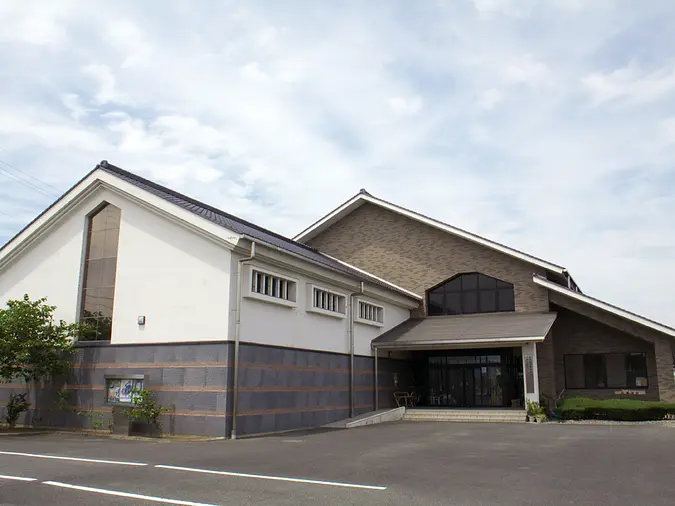
北海道の名付け親であり、近世で最も優れた冒険家と言われる松浦武四郎は1818年(文政元)一志郡須川村(旧三雲町、現松阪市)で生まれました。
1845年(弘化2)から13年間にわたり、蝦夷本島(現北海道)をはじめ国後(くなしり)、択捉(えとろふ)や樺太(からふと)などを6回探検。その調査結果を『三航蝦夷日誌』などに著し、北海道地図の決定版ともいわれる『蝦夷大概図』などを作りました。1869年(明治2)、政府から開拓判官に任じられ、北海道名をはじめ国、郡名等を選定しました。
アイヌの人々と親しく交わり、彼らの言葉も学んでいたため、選定の際、アイヌの言葉を生かしています。北海道に関する彼の著書・論文は200余編に及びます。
おすすめの周辺スポットはこちら
松阪農業公園ベルファーム
香良洲海岸
関連情報
御木本幸吉【ミキモト真珠島】 (鳥羽市)
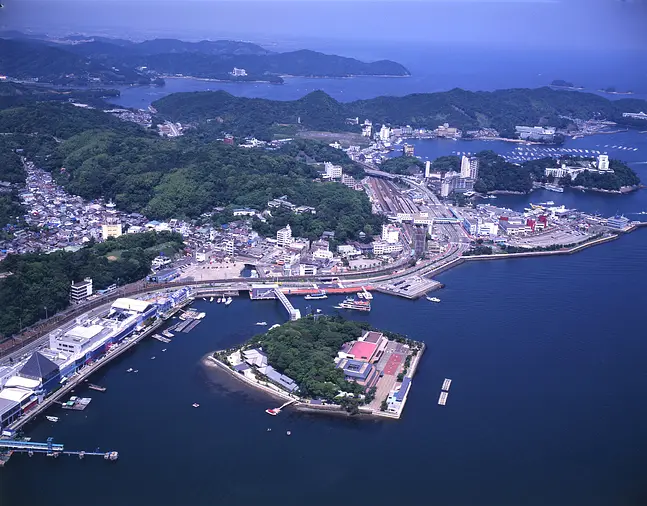
真珠王御木本幸吉は、1858年(安政5)鳥羽のうどん屋の長男として生まれました。
13歳のころから家業を手伝ったり、野菜の行商をしたりして、家を助けました。30歳のころ、養殖真珠の研究開始。度重なる挫折や苦労の末、1893年(明治26)、鳥羽の相島(おじま)で半円真珠の養殖に成功。その後、英虞湾の多徳島で真円真珠に取り組み、1905年(明治38)47歳の時、ついにその養殖に成功しました。
真珠養殖は、志摩地域の重要な産業として発展。真珠は国際的商品として世界中の女性の熱い視線を集めています。
真珠島・水族館前より鳥羽湾めぐりが楽しめます。
鳥羽湾めぐりとイルカ島(リンク)
関連情報
詳しい取材レポートはコチラ→ミキモト真珠島へ海女の実演を見に行こう!博物館、パールのショップはもちろん、駐車場やアクセス情報もレポートします
尾崎行雄【尾崎咢堂記念館】 (伊勢市)
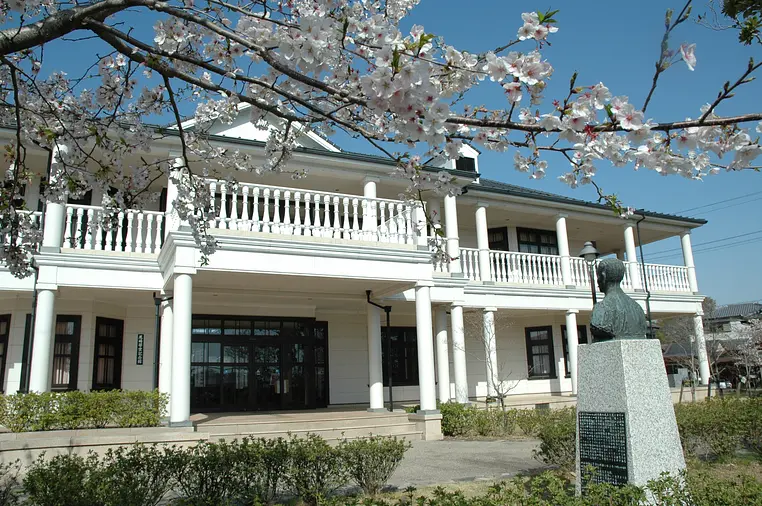
憲政の神様として名高い尾崎行雄は、1858年(安政5)神奈川県津久井町に生まれ、15歳の時、父の転勤に伴って度会県山田(現伊勢市)に転居。
慶応義塾を卒業後、新潟新聞の主筆等を得て、立憲改進党の創設に参画し、政治活動を開始。
1890年(明治23)33歳で、我が国最初の総選挙に三重県から立候補して当選、以来25回連続当選の驚異的な記録をうち立てました。
この間、文部大臣、東京市長、司法大臣等を歴任し、議会制民主政治の確立のために活躍しました。
おすすめの周辺スポットはこちら!
離宮院跡(離宮院公園)
江戸川乱歩【江戸川乱歩生誕記念碑】 (名張市)
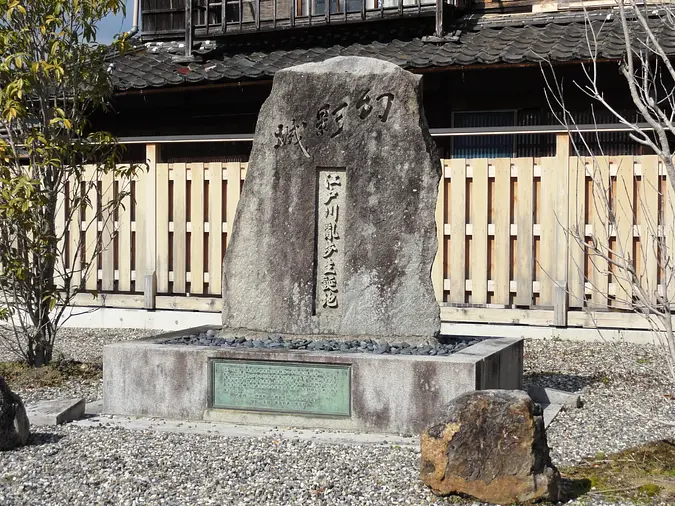
推理小説の大家江戸川乱歩は、1894年(明治27)名賀郡名張町(現名張市)で生まれました。本名は平井太郎。筆名は、乱歩が青年時代に愛読したアメリカの推理作家エドガー・アラン・ポーにちなんでいます。
早稲田を卒業後、貿易商社勤務など10数種の職業に従事。1923年(大正12)『二銭銅貨』を発表し、近代的な推理小説の作家として注目されました。その後も『心理試験』『屋根裏の散歩者』等を発表し、推理小説という新しい分野を確立しました。
戦後は研究評論により、推理小説の普及に努め、1954年(昭和29)に設定した江戸川乱歩賞は、新人推理作家の登竜門となっています。
おすすめの周辺スポットはこちら
青蓮寺湖
赤目四十八滝
香落渓
三井高利【三井家発祥の地】 (松阪市)
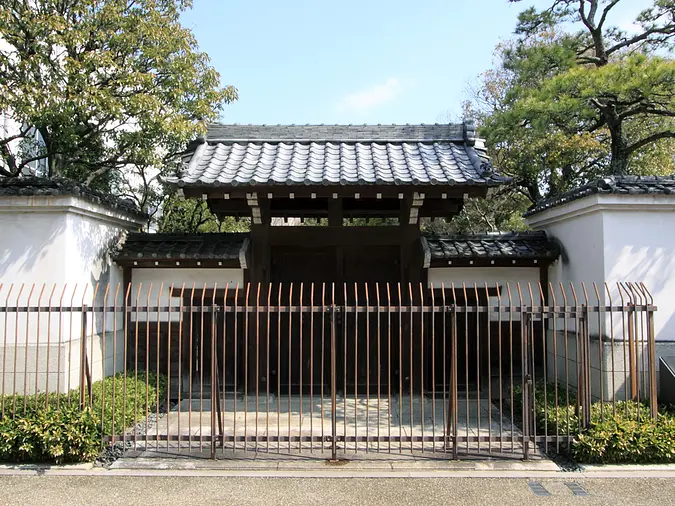
現在の三井系企業の基礎を築いた三井八郎兵衛高利は、1622年(元和8)松坂(現松阪市)本町で、質屋を兼ねて酒、みそを商う商家の8人兄弟の末子として生まれました。14歳で江戸へ出て、長兄俊次の小間物屋を手伝いながら蓄財し、31歳のとき松坂で独立。金融業と米穀商いを始めました。
1673年(延宝元)52歳の時、再び江戸へ進出し、本町1丁目に越後屋呉服店を開業。その後、両替店を開いて金融業を開始し、ざん新な商法でばく大な財を成しました。徳川幕府の金銀御為替御用達を務めるなど、天下第一の豪商として、名をはせました。
松阪商人に関する周辺スポットはこちら
松阪市立歴史民俗資料館(旧飯南郡図書館)本館
松阪商人の館
藤堂高虎【津城跡】 (津市)
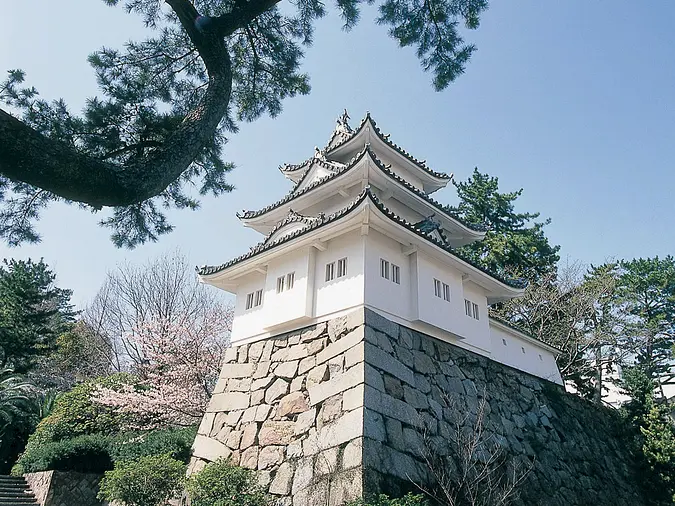
甲良(こうら)(滋賀県)に生まれた高虎は、戦いのない時代を創るべく東奔西走し、 慶長13年(1608)に伊賀・伊勢安濃津32万3千石の大大名となりました。
高虎は、 津に入ると荒廃した町の再興に努めました。城を改築し、政治の要としての丸之内や 武家屋敷・町屋・商屋・寺町等を配し、町の発展を図るなど津のまちづくりを行い、 現在の津の町の礎をつくりました。また全国各地のまちづくりも手がけ、 まちづくりの名手として有名になりました。商売繁盛・開運の祖として、今も市民に敬愛されています。藤堂家の旗印、丸餅三つから誕生した津市PRキャラクター『シロモチくん』もまたお子様から大人気です。
築城の名手藤堂高虎が手掛けたお城(跡)はこちら
伊賀上野城
赤木城跡(赤木城公園)
関連情報
松尾芭蕉【芭蕉翁記念館】 (伊賀市)
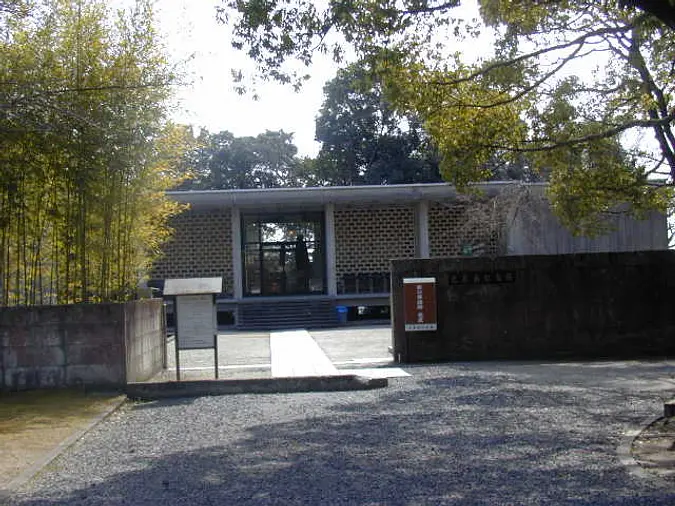
俳聖松尾芭蕉は、1644(正保元)、伊賀上野の赤坂町(旧上野市、現伊賀市)(異説として柘植(つげ)村)に生まれました。少年時代から俳諧を志し、23歳のころ、京都に遊学して古今和漢の学を積みました。
29歳のとき俳諧師として立つことを決意、その後、江戸へ移りました。37歳のころ、江戸深川に芭蕉庵を結んで俳諧に専念。1684年(貞享元)から「野ざらしの旅」を皮切りに、鹿島、奥羽、難波(なにわ)等の諸国を行脚し、この間多くの名句と紀行文を残しました。
そして、従来の俳風を一変させ、俳諧に高い文芸性を備えた蕉風を確立しました。
句は『俳諧七部集』などに収載され、主な紀行には『野晒(のざらし)紀行』『更科(さらしな)紀行』『奥の細道』などがあります。
俳聖 松尾芭蕉 ゆかりの周辺スポットはこちら!
蓑虫庵
芭蕉翁生家
本居宣長【本居宣長記念館】 (松阪市)
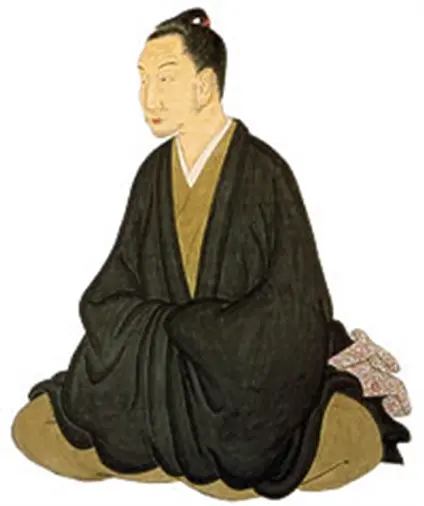
国学の重鎮本居宣長は、1730年(享保15)松坂(現松阪市)本町の木綿商の長男として生まれました。23歳で京都に遊学、医学修行の傍ら漢学や国文学等を研究。5年後松坂に帰り、医師を開業して生計を立てながら『源氏物語』などの日本の古典の研究を続けました。
34歳のとき、賀茂真淵(かものまぶち)に入門して『古事記』の研究に着手。35年の歳月を費やして大著『古事記伝』44冊を完成させました。晩年には名実ともに国学界の中心となり、門人は全国で500人に上がったといわれます。また、彼が鈴を掛けて勉強した書斎は、「鈴屋(すずのや)」と呼ばれ、広く全国に知られています。
おすすめの周辺スポットはこちら
御城番屋敷
松坂城跡(松阪公園)
河村瑞賢【河村瑞賢公園】 (度会郡南伊勢町)
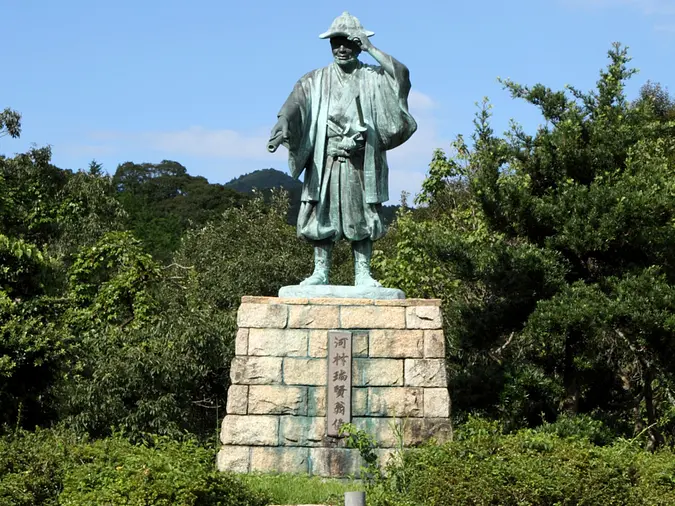










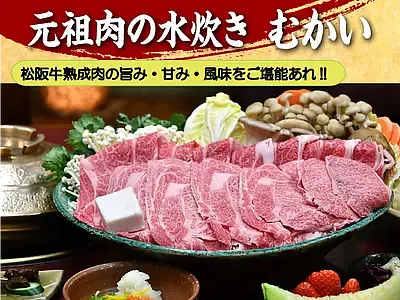
.png)